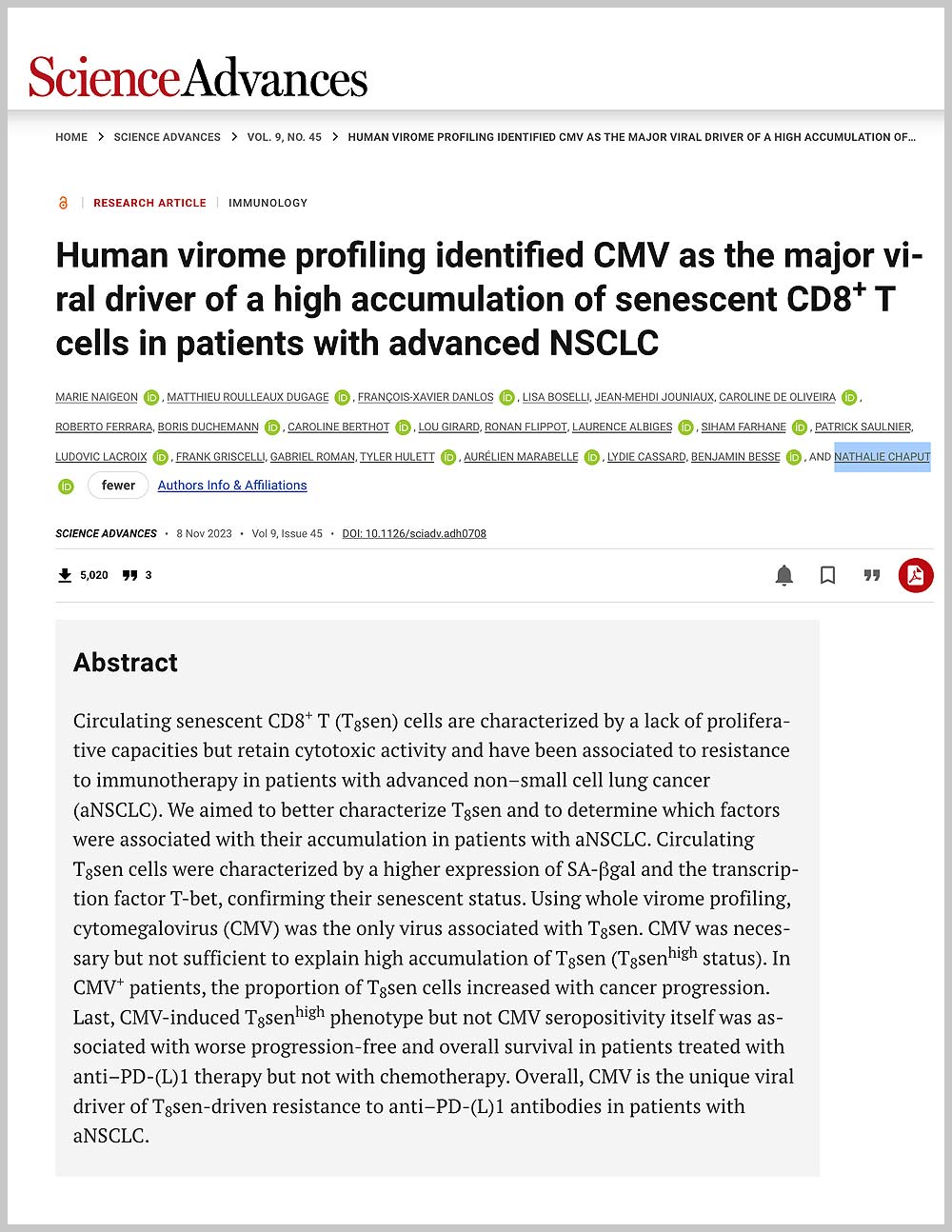- Follow Us
CDI Labs Services for
Viral Exposure Profiling
VirScan® PhIP-Seq enables researchers to identify viral antibodies created by an individual’s unique history of viral exposures.
REQUEST INFOIdentify an Individual’s Unique History of Viral Exposures
With our industry-leading VirScan® Phage ImmunoPrecipitation Sequencing (PhIP-Seq) services
Viral exposing profiling has a wide range of applications in research, clinical, and public health applications. One of its primary uses is in understanding past and present viral infections by identifying viral antibody signatures within a host. This enables researchers to map individual and population-level exposure histories, providing critical insights into epidemiological patterns and the dynamics of infectious diseases.
In clinical practice, viral profiling plays a vital role in diagnosing infections and can also aid in understanding the relationship between viral infections and chronic conditions, such as autoimmune diseases and cancer, by identifying potential triggers or contributing factors.
In research settings, viral profiling contributes to a deeper understanding of host-pathogen interactions and the immune system’s response to viral challenges. This knowledge can drive the development of novel therapeutics and inform strategies to mitigate the impact of viral diseases, making viral profiling a cornerstone of modern virology and immunology.
In global health, pathogen surveillance focuses on monitoring and analyzing the presence and spread of infectious agents to detect outbreaks, track emerging strains, and inform public health responses. It also facilitates the detection of zoonotic spillover events and emerging pathogens, strengthening pandemic preparedness and response efforts. By tracking viral exposure trends in populations, pathogen surveillance serves as a critical tool for developing targeted public health interventions.
Human virome profiling identified CMV as the major viral driver of a high accumulation of senescent CD8+ T cells in patients with advanced NSCLC
Abstract
Chronic viral infections accelerate immune aging, especially T cell compartment, which can acquire senescence-associated markers. To explore the association between a patient’s viral history and senescent CD8+ T cells, VirScan technology was used to profile human virome epitope-level antiviral antibodies using the serum of 176 patients with aNSCLC. Virome profiling identified cytomegalovirus (CMV) as the only virus associated with T8sen. CMV was necessary but not sufficient to explain high accumulation of T8sen (T8senhigh status). In CMV+ patients, the proportion of T8sen cells increased with cancer progression. Last, CMV-induced T8senhigh phenotype but not CMV seropositivity itself was associated with worse progression-free and overall survival in patients treated with anti–PD-(L)1 therapy but not with chemotherapy.
VIEW PAPERCDI Labs Advantages
PhiP-Seq Sample Requirements
Serum or plasma
20 μL aliquot per sample
Cerebrospinal fluid (CSF)
250 μL aliquot per sample
Other antibodies (IgG monoclonals, B cell supernatants, etc)
250 μL aliquot per sample (0.01 mg/mL concentration)
12 sample minimum
In multiples of x12 samples (i.e., x12, x24, x36, 48x – full rows of a standard 96-well plate), and any number after 48 samples

